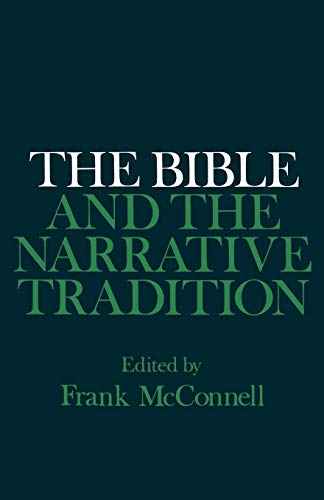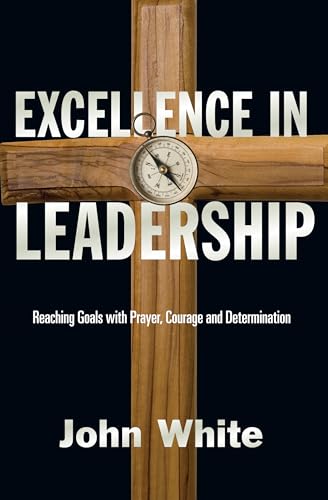Biblical Creation and the Theory of Evolution
Written by Douglas Spanner Reviewed By Nigel M. de S. CameronIt is some years now since interest in the creation-evolution question was at its height in this country, though perhaps the appearance of this book (together with one or two others of late) is evidence that interest is rising again. Professor Spanner, now an Anglican clergyman, was once Professor of Plant Biophysics in the University of London, and his volume appears complete with commendations from Sir Robert Boyd and Professor R. J. Berry. The present reviewer believes he is correct in suggesting that Biblical Creation and the Theory of Evolution is the fullest exposition of a theistic evolutionary doctrine of creation to be published in this country for many years.
As Sir Robert Boyd points out, this book is scholarly (full of references; somewhat overfull—almost 70 pages of notes, appendices and so forth) but not written for the scholar. It is the bane of this field of discussion that since it encompasses so many distinct questions and areas of expertise, it is well-nigh impossible for any one individual to survey it without leaving his own field(s) of competence behind. One result is that there is a tendency to write as this book is written, with the apparatus of learning but (save perhaps in Plant Biophysics, whatever that is, and no doubt in related questions) without necessarily engaging the fundamental questions at issue in a manner which will commend itself to those in whose particular fields of expertise and interest they lie.
The crunch question in this entire area of debate is that of human origins. Professor Spanner here offers the fullest, and perhaps the most credible, theistic evolutionary reconstruction on the market.
A hominid stock had evolved to the point where the potentiality for true humanity appeared. The members … may have had a rudimentary language, some power of conceptualisation, musical and artistic sense, tool-making ability, the power to plan ahead, a recognition of and elementary response to death. But the members were still not truly human; the flame of humanity had not yet been lit. One of their number—Adam—was taken aside; into his nostrils was breathed the [breath] of life; he was instructed in agriculture; and he was sent back to his people—not, alas (as it turned out) to teach them exclusively the good life of authentic humanity, but to initiate them as well into ‘the knowledge of good and evil’. The penal nature of the ‘death’ which Adam had come to know because of disobedience he could not but communicate to his race (pp. 111f.).
Well, c’est magnifique, but is it biblical? Evolution to a pre-human hominid, transport of an individual into a special place of divine education (in agriculture as well as ethics) so that the breath of life might be breathed into him (evidently something other than the breath I am breathing now), and suddenly everything goes wrong. Adam actually carries on behaving in the way the evolutionist would expect—‘the mere overstepping of the social code of an animal existence had now found a wholly new and burdensome dimension: it was sin, an offence to God’. But his behaviour takes on this new and sombre significance. ‘The innocence and bliss of ignorance had gone forever. Simultaneously, physical decease had acquired a deadly sting.’ The sting of sin, as it were, is death.
The present reviewer has to confess his own interest in this debate, since in a book (Evolution and the Authority of the Bible, also from Paternoster) and a number of articles he has argued a very different case. Professor Spanner, be it noted, seems (unless this reviewer be mistaken) to manage never once to refer to it, in all his hundreds of references, so what he would make of the argument is unknown. In that book it is argued that one possible scenario would be evolution interrupted at the crucial point by an interfering act of God which could arguably be seen as one of special creation, only to be followed by an almost simultaneous fall and reversion to the original evolutionary pattern, though now with mortality as a fruit of sin in place of a commonplace of animal existence. The point was made that this theory was so ungainly and plainly ex post facto that no-one had proposed it, or was likely to. Well, mutatis mutandis. Professor Spanner has.
His recognition that the curse has brought mortality into human experience is much to be welcomed, however convoluted the context in which he is forced to place the entry of death and its spread to all the race. Whether that context will commend itself as compatible with what Scripture actually says about creation and fall is another matter, but those who are interested in this discussion will now need to read Professor Spanner’s book and weigh its arguments.
Nigel M. de S. Cameron
Deerfield, Illinois






